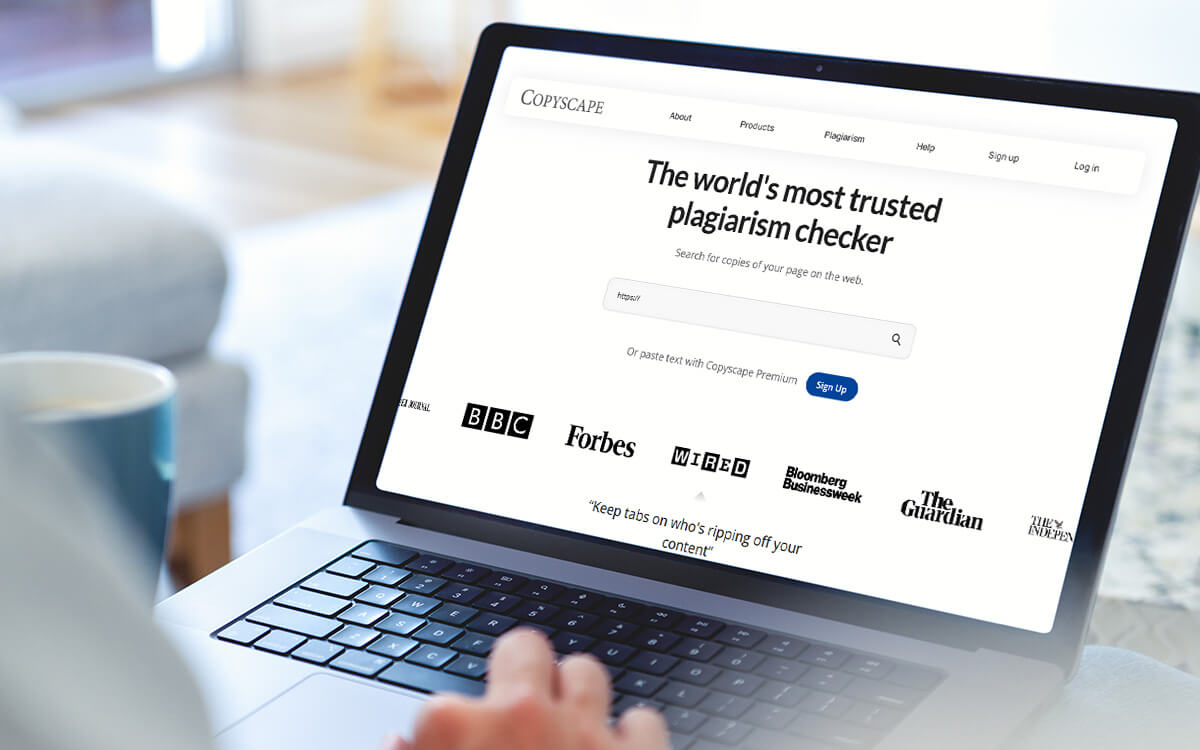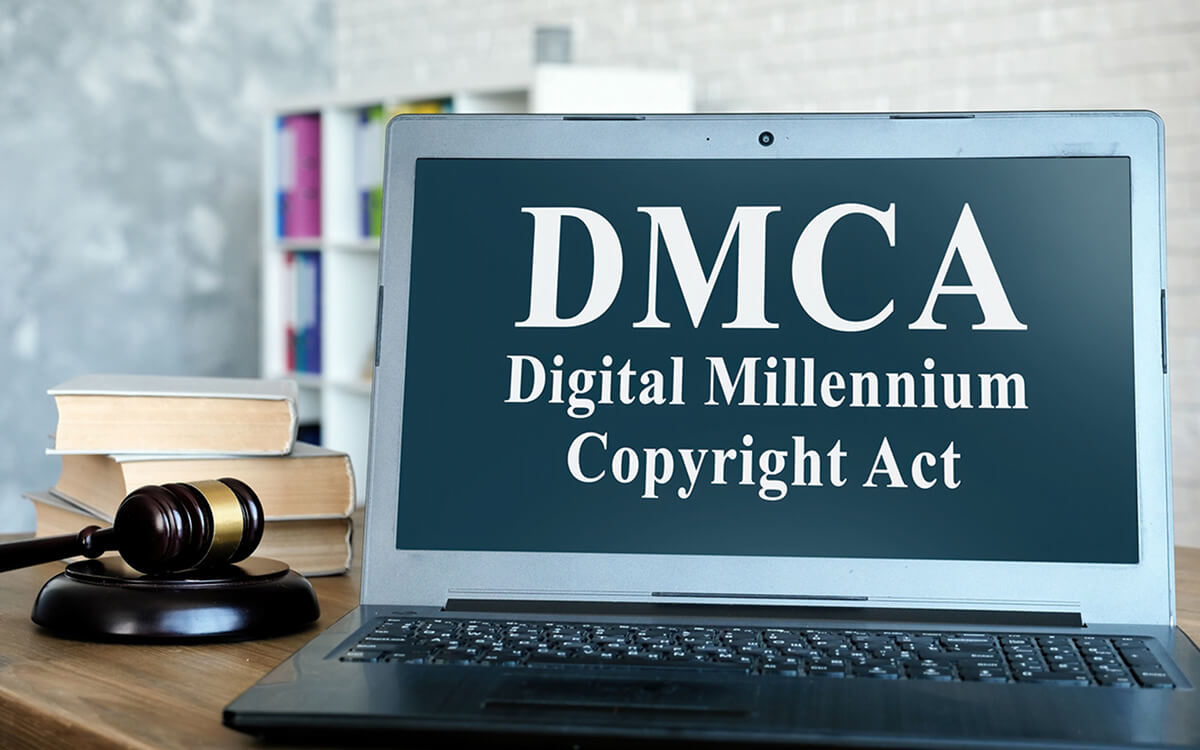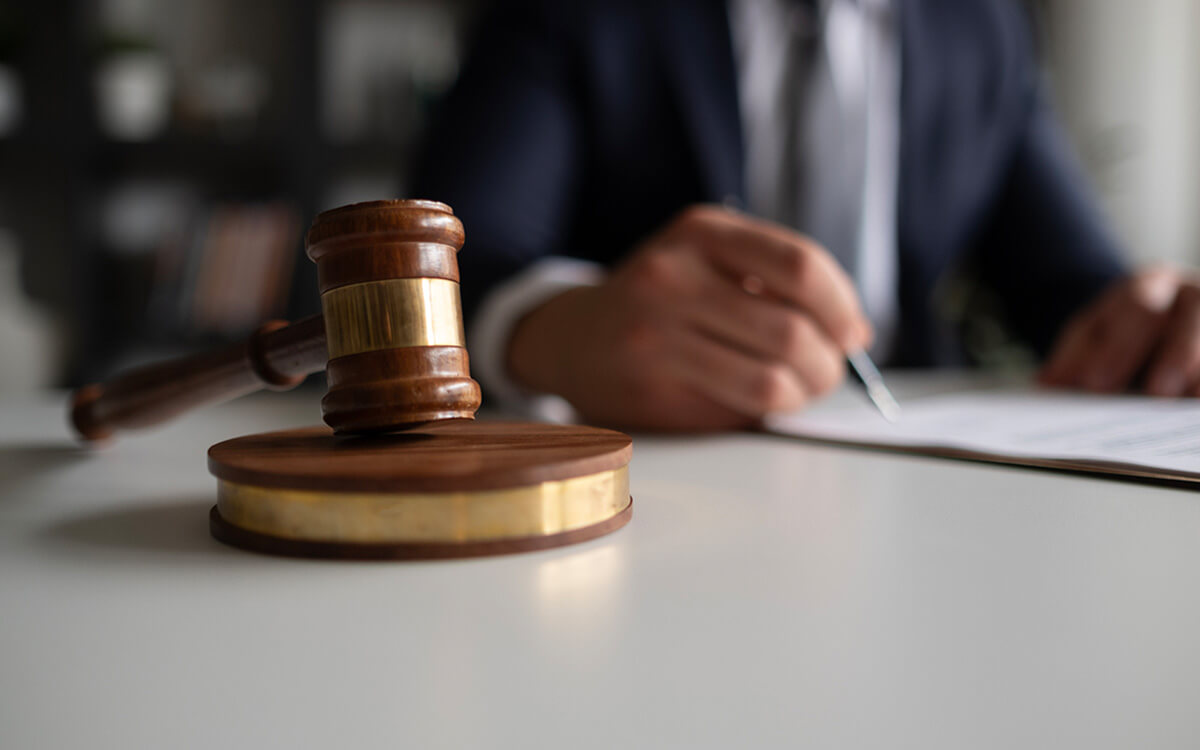Step-by-Step Guide to Handling Website Content Theft
Disclaimer: This blog is for informational purposes only and should not be considered legal advice. If you require legal assistance regarding content theft, consult a qualified attorney.

Discovering that someone has copied your website content can be a frustrating and alarming experience. Whether it’s your text, design, or even your brand name, dealing with such a situation requires a mix of technical, legal, and practical steps. Here’s a guide to help you navigate this problem effectively.
Step 1: Verify the Copycat Site

Before taking action, confirm that the other website is indeed replicating your content. Look for:
- Identical text and images: Check whether your written content, photos, and graphics have been copied.
- Design elements: Observe if the layout, fonts, and colours are the same as your site.
- Brand information: Check if the infringing site is using your company name, logo, or other branding elements.
Sometimes, the copied site might even keep your contact information or team photos, creating a direct impersonation.
Step 2: Collect Evidence

Before contacting anyone, gather proof that your content has been copied. This is a crucial step if you need to escalate the issue. Here’s how:
- Take Screenshots: Capture screenshots of the copied pages alongside your original content for comparison. Use tools like the Wayback Machine to access archived versions of websites, but note that it only archives publicly accessible sites and may not always have up-to-date snapshots. For more comprehensive tracking, consider using services like PageFreezer or WebPreserver, which offer legal-grade archiving solutions.
- Document URLs: Keep a record of the infringing website’s URLs as well as your own.
These materials will serve as evidence when contacting the infringer, hosting providers, or legal authorities.
Step 3: Investigate the Source of the Copy

To determine how your content was accessed to block future attempts, consider the following possibilities:
- Scraping Bots: These programs can replicate your content by reading your site’s source code.
- Real-Time Proxies: Some websites request your content live from your server.
- Examine Server Logs for Abnormal Traffic Patterns: This includes repeated requests to specific pages. Tools such as Cloudflare, Sucuri, or Wordfence can help monitor and block suspicious activity using techniques like IP blocking, rate limiting, or implementing firewalls to safeguard your site.
Inspect your server access logs for suspicious traffic. Look for repeated requests for specific pages, which could indicate live copying. If found, you may be able to block their IP or domain directly.
Step 4: Contact the Website Owner

Reach out to the owner of the infringing website and request that they take down the copied content. Use tools like WHOIS lookup to locate the owner’s contact details, such as an email address. In many cases, a polite email explaining the issue can resolve the problem. If the website owner’s details are hidden or they do not respond, you may need to escalate the issue to their hosting provider.
Step 5: Contact the Hosting Provider

If the website owner does not respond, contacting the hosting provider is the next step. Use tools like Hosting Checker to identify where the website is hosted. Submit the evidence you gathered, including screenshots and URLs, along with a detailed description of the issue. Most hosting providers have abuse reporting mechanisms, either through email or dedicated forms, to handle such complaints.
Hosting providers typically have abuse reporting systems, but their response depends on:
- Policy Adherence: They will act only if the content clearly violates their terms.
- Jurisdiction: Response times vary, especially for international providers.
Provide clear evidence (e.g., screenshots, URLs) and a detailed explanation of your claim. If the provider does not act, consider alternative actions such as filing a DMCA request with search engines or contacting relevant legal authorities.
Step 6: File a DMCA Takedown Notice

The Digital Millennium Copyright Act (DMCA) is a legal framework designed to help copyright owners protect their work online.1 Filing a DMCA takedown can help remove stolen content from both websites and search engine results. Here’s a detailed overview of the process:
| Action | Details |
| Draft the DMCA Notice | Include your contact information, URLs of original and copied content, and a statement asserting your ownership. |
| Submit to Hosting Provider | Send your request to the hosting provider of the infringing site. |
| Submit to Search Engines | Request removal of the copied content from platforms like Google. |
| Monitor Progress | Keep track of your submission status and follow up if needed. |
Why Filing a DMCA Takedown Helps
Submitting a DMCA notice can significantly reduce the visibility of duplicated content. It prompts hosting providers and search engines to act, removing the infringing material or lowering its prominence in search results. While it might not resolve every issue instantly, this step is an effective way to safeguard your online presence.
However, if the infringer operates outside the U.S., additional measures may be required:
- For International Infringements: Consult resources like WIPO’s mediation and arbitration services or file a complaint with regional copyright enforcement bodies.
- Alternative Legal Actions: Seek local legal advice to determine appropriate steps in the infringer’s country.
While a DMCA takedown may not instantly resolve every issue, it remains an effective tool for safeguarding your online presence and intellectual property.
Step 7: Strengthen Your Website’s Security

To minimize future risks, bolster your website’s security. Consider these strategies:
- Implement Content Security Policy (CSP) Headers: Restrict how content is loaded and shared, reducing the risk of unauthorized copying.
- Obfuscate Code: Use JavaScript obfuscation tools to make it harder for scrapers to extract readable content.
- Use Anti-Scraping Tools: Services like Cloudflare, Wordfence, and Bot Management solutions can detect and block automated scraping attempts.
- Monitor for Duplicates: Use tools like Copyscape, PlagTracker, or Dupli Checker to check if your content appears on other sites.
- Set Up Google Alerts: Track mentions of your high-ranking blog titles to detect unauthorized use.
Step 8: Take Legal Action

If the infringer operates within your country, legal options may be worth considering. A cease-and-desist letter drafted by a lawyer can demand immediate removal of the infringing content. For cases where significant harm has occurred, filing a lawsuit might be necessary. Registering your copyright beforehand adds strength to your case. That said, pursuing legal action should only be considered as a final option, given the potential time, expense, and stress it may entail.
Step 9: Consider Trademarking and Copyrighting

Protecting your intellectual property can involve trademarking and copyrighting. In many countries, including the U.S. and Canada, copyright is automatically granted upon creation. However, registering your copyright strengthens your legal position in disputes, making it easier to enforce your rights.
Trademarking your blog title prevents imitation and ensures your audience can find you without confusion. Consulting legal professionals can help you develop a long-term strategy to safeguard your work effectively.
Step 10: Be Proactive Against Copycats

Preventing content theft in the future requires ongoing efforts:
- Establish Visibility as Proof of Priority: Auto-publishing with tools like IFTTT or WordPress plugins ensures your content is publicly available first, helping establish authorship in case of disputes.
- Use Canonical Tags: Implement canonical tags to signal search engines that your website is the original source, reducing the impact of copied content on your rankings.
- Leverage Digital Fingerprinting Technologies: Tools like Digimarc or Safe Creative embed invisible identifiers in your content, making it easier to track unauthorized use.
Watermark Images: Add watermarks to images to deter unauthorized use.
Final Thoughts
While discovering that someone has copied your website is frustrating, there are multiple steps you can take to address the issue. From collecting evidence and filing DMCA takedowns to improving security and considering legal action, these measures can help protect your hard work. If content theft is a recurring problem, proactive strategies like copyrighting, monitoring duplicates, and strengthening website security can save you time and stress in the future.
How We Can Help

At Wisevu, we don’t just create beautiful, functional websites—we provide ongoing maintenance and support to keep your site secure and protected. If you discover copied content, our team can guide you on how to address it, including monitoring for duplicates, improving your site’s security, and offering expert advice on protecting your digital assets. Contact us today!
References
- Office, U. C. (n.d.). The Digital Millennium Copyright Act | U.S. Copyright Office. https://www.copyright.gov/dmca/
